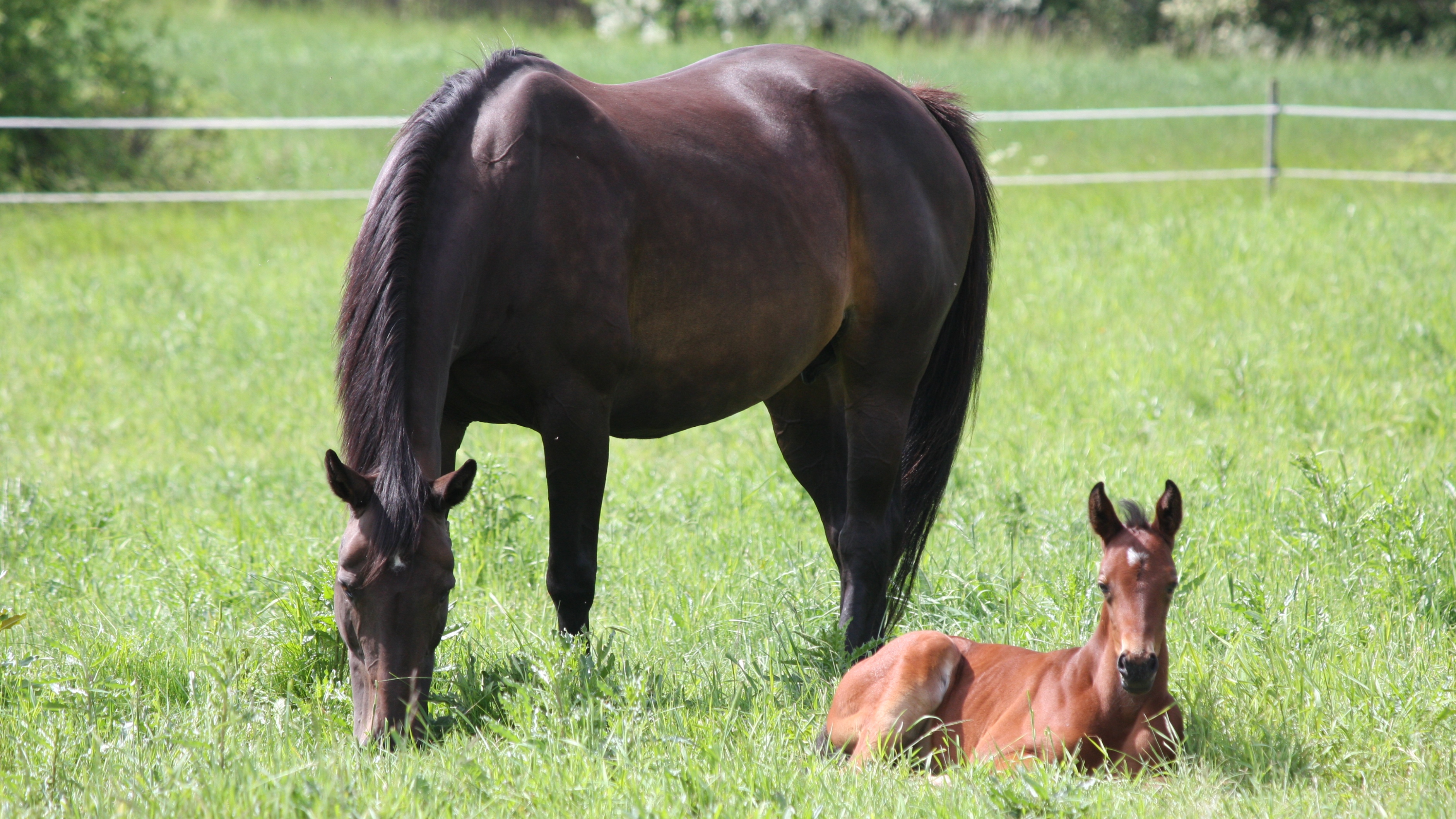Screening for CEM, contagious equine metritis in horses

Control and Monitoring of CEM – A Step Towards a Healthier Equine Industry
The project aims to monitor, control, and eventually eradicate Contagious Equine Metritis (CEM) in Sweden. This disease, a highly contagious uterine infection in horses, is one of the most feared in the equine industry due to its significant economic and operational consequences. By identifying infected horses, collecting data, and creating a foundation for targeted measures, the project will contribute to a healthier horse population and a more competitive equine industry.
Collaboration and Implementation
The project is conducted in collaboration with the Swedish Horse Industry Foundation (Hästnäringens Nationella Stiftelse, HNS) and the Swedish Icelandic Horse Association (Svenska Islandshästförbundet, SIF). These organizations will assist in identifying farms participating in the project and in implementing measures to increase compliance with sampling protocols.
The breeding organizations are exploring the possibility of requiring sampling to register foals or having stallion owners mandate sampling for mares prior to breeding.
Methodology
• Sample Collection:
Samples will be collected from breeding animals and combined with data about their reproductive history and whether the horses on the farm have traveled abroad.
• Subsidies:
The project subsidizes tests for 1,000 Icelandic horses. This breed is prioritized due to its significant role in natural breeding and the historical prevalence of CEM within the breed.
• Sampling and Analysis:
Horse owners are responsible for having a veterinarian collect samples according to recommendations and sending them to the National Veterinary Institute (SVA). The samples will be analyzed using PCR, and positive results will lead to further bacterial culture for genotyping and whole-genome sequencing.
Expected Outcomes
• Increased knowledge about the prevalence of CEM in various horse populations.
• Identification of sources and transmission pathways through genetic comparison with isolates from other countries.
• A foundation for future regulations and research projects.
Significance for the Equine Industry
The project is expected to have direct and indirect effects that reduce the spread of CEM:
• Economic Benefits:
Reduced costs for sampling, treatment, and operational disruptions. A CEM-free population will make Swedish breeding farms more competitive both nationally and internationally.
• Equine Health and Welfare:
Fewer horses will suffer from the effects of the disease, and prompt diagnoses can prevent prolonged suffering.
• Reduced Antibiotic Usage:
Early detection and biosecurity measures will reduce the need for antibiotics, contributing to the fight against antibiotic resistance.
Communication and Implementation
The results will be shared with the Swedish Icelandic Horse Association, other parts of the equine industry, and veterinarians. They will also be used to develop risk assessments and recommendations for the Swedish Board of Agriculture and the industry, focusing on reducing the spread of infection in the future.
Summary
By collecting data and analyzing the spread of CEM, the project will help create a healthier horse population and a more sustainable equine industry. It lays the foundation for long-term initiatives that strengthen the competitiveness of the industry, improve equine welfare, and reduce the negative societal impacts associated with antibiotic resistance.

